User-generated content (UGC) has taken over digital marketing. In fact, 84% of consumers trust content from real people more than they trust traditional ads. That shift has turned everyday creators into one of the most in-demand assets for modern brands.
A UGC creator isn’t an influencer, and you don’t need a huge following or a studio setup. What matters is authenticity—showing real products, real experiences, and real reactions that make people believe what they see.
In this guide, you’ll learn how to become a UGC creator from scratch, create content that brands want to buy, and turn your creativity into income.
Key Takeaways
- Show up with authenticity.
You don’t need a huge following to be a successful UGC creator. What matters is showing real experiences that people can trust.
- Find your lane, and own it.
Choose a niche that feels natural to you. When you talk about what you genuinely care about, brands notice.
- Build a portfolio that sells.
Keep it clean, simple, and scroll-friendly. A few great samples that feel real are worth more than a fancy showreel.
- Pitch with purpose.
Personalize every message and focus on how you can help a brand achieve engagement, conversions, or trust.
- Let Solara AI handle the heavy lifting.
From editing and publishing to tracking what performs best, Solara AI helps you focus on creating instead of managing a dozen tools.
What Is UGC and Why Does It Matter?
UGC is any photo, video, or post created by real people rather than brands. It has become one of the most trusted and profitable forms of digital marketing. Brands will now pay independent creators to produce short, authentic videos that look and feel like everyday posts instead of traditional ads.
Here’s why UGC matters:
- It builds trust: 93% of consumers say UGC influences their buying decisions.
- It performs better: UGC-style videos generate up to 50% more engagement on social platforms like TikTok and Instagram, and 29% website conversion.
- It scales across platforms: Brands use UGC for paid ads, website content, email campaigns, and even in-store displays.
- It’s accessible: You don’t need a big audience or expensive gear, just creativity, clarity, and confidence on camera.
In short, UGC works because it feels human. People connect with stories, not scripts, and that makes creators who can produce real, relatable content valuable.
Step 1: Choose Your Niche and Style
Before you start creating, you need direction. The best UGC creators don’t try to do everything; they find a lane that feels natural and build trust around it.
Think about what you already love talking about, as that’s usually where your best content starts. Do you like testing fitness gear or tech gadgets? Maybe you love coffee or travel essentials. Such specific interests are what makes your content believable and relatable.
Here’s how to narrow it down even further:
- Study what performs well: Scroll TikTok, Instagram, or YouTube Shorts. Notice which videos get strong engagement, and pay attention to how they’re captioned and edited.
- Decide your video tone: Are you looking to educate, entertain, or inspire? Your tone becomes your signature.
- Check brand fit: Look at the type of brands already using UGC in your space. That should give you a clear idea of which brands to pitch to later.
Step 2: Set Up Your Creator Portfolio
Your portfolio is what sells you before you even speak to a brand, and it doesn’t have to be fancy. The idea is to demonstrate that you can make clean, authentic videos that look great on social media.
Here’s how to build it fast:
- Start with 3–5 sample videos: Use real products you already own. Focus on clear visuals, natural lighting, and honest reactions.
- Show variety: Include at least one product demo, one testimonial-style clip, and one lifestyle video.
- Keep it short: Most UGC clips are better as short-form videos and perform best when they are between 10 and 30 seconds long.
- Host it somewhere simple: Use a free portfolio tool like Notion, Canva, or Google Drive. Make sure every clip is easy to watch and labeled by brand or theme.
Think of your portfolio as your digital handshake; it should instantly tell brands what you can do and how your style fits their audience.
Step 3: Learn How to Create UGC That Converts
Making a good video is one thing, but making a video that sells is a completely different story. The goal of UGC isn’t to make something pretty—it’s to make something that feels real enough for people to stop scrolling and listen.
Here’s what separates average content from high-performing UGC:
- Start strong: The first three seconds decide everything. Ask a question, show a quick result, or open with emotion.
- Focus on one clear message: Each video should highlight a single idea or benefit. If you try to say too much, people will lose interest.
- Use natural language: Skip scripts that sound rehearsed—speak like you would to a friend.
- Show the product in action: Don’t just hold it. Use it, react to it, and explain what makes it different.
- End with intention: Finish with a clear takeaway or a subtle call to action like “you have to try this.”
The best UGC feels unscripted but still has purpose. It should make viewers think, “That’s exactly what I need.”
Pro Tip: Solara AI can help you turn simple clips into ready-to-post videos, track what performs best, and keep your creative workflow organized without hours of editing.
Step 4: Build Your Online Presence
Brands rarely hire creators they can’t find online. Even if your main goal is paid UGC work, you still need a digital footprint that shows who you are and what you can do.
Here’s how to build it the smart way:
- Pick one main platform: Start where your ideal brands spend time, whether it’s TikTok, Instagram, or YouTube Shorts.
- Keep your bio clear and professional: Introduce yourself, describe what kind of content you create, and include your email or portfolio link. Even if your videos are casual, your page should still look clean, organized, and aligned with your personal brand.
- Engage often: Comment on brand posts, tag them in relevant videos, and reply to creators in your niche. It helps you show up where brands are watching.
A strong online presence does more than just attract followers. It gives brands confidence in your ability to represent them authentically and drive results.
Step 5: Pitch and Land Brand Deals
Once your portfolio and social presence are ready, it’s time to start reaching out to brands. Most creators wait for brands to find them, but the truth is, proactive pitching gets you noticed faster.
Here’s how to do it right:
- Research before pitching: Look for brands already investing in UGC or influencer campaigns. If they’re running video ads that look like customer testimonials, they’re likely open to working with creators.
- Find the right contact: Reach out through the brand’s influencer marketing email, LinkedIn, or Instagram. Avoid generic messages to public accounts.
- Keep your message short: In 3–4 sentences, introduce yourself, explain what kind of content you create, and include a link to your portfolio.
- Personalize your pitch: Mention one thing you like about their product or talk about a recent campaign you could improve.
- Offer clear value: Don’t just say you want to collaborate. Explain how your content can help them increase engagement, drive sales, or build trust.
Example:
“Hey [Brand Name], I’ve been using your [product] and love how it solves [specific problem]. I create short, authentic product videos that brands use for social ads and organic content. I’d love to send over a sample idea, here’s my portfolio link if you’d like to see my work.”
The key is to sound like a real person, not a template. Brands care less about follower count and more about creators who understand their product and audience.
Step 6: Deliver Great Work and Build Repeat Clients
Getting your first deal is exciting, but keeping clients coming back is what makes UGC a steady business. Brands remember creators who make their jobs easier, and that’s how you should stand out.
Here’s how to build long-term relationships that pay off:
- Communicate clearly: Confirm deliverables, timelines, and usage rights before filming. Clarity prevents revisions and shows professionalism.
- Meet deadlines: Reliability is a huge factor in repeat work. Brands often rehire the creators who deliver on time without needing reminders.
- Stay flexible: Sometimes brands want a tone or angle adjusted. Take feedback as collaboration, not criticism.
- Send options: If you can, deliver a few variations of your video or caption. It gives brands more freedom and shows initiative.
- Follow up after delivery: A simple “How did the content perform?” opens the door for future work and shows you care about results.
Once a brand trusts you, they’ll likely reach out again for new campaigns or recommend you to others. The more you show up as reliable and easy to work with, the more doors you will open, without needing to pitch every time.
Pro Tip: Solara AI helps you stay consistent by managing campaigns, tracking content performance, and reminding you when to follow up, so you never miss a chance to turn a job into a partnership.
Create More, Stress Less: UGC Made Simple With Solara
If you’ve made it this far, you already know that becoming a UGC creator goes beyond content creation. You’ll need to build a business around your creativity. The problem is, most creators get stuck using too many tools. Between pitching to brands, editing videos, and keeping up with trends, it’s easy to burn out before you ever scale.
That’s where Solara helps. It’s one of the best AI ad tools for UGC that gives you everything you need to grow as a creator. Think of it as your creative partner that handles the work behind the scenes while you stay focused on what you do best.
With Solara, you can:
- Turn your scripts or product clips into professional videos automatically.
- Publish content across social platforms and your website with almost no effort.
- Track what performs best so you can keep improving every campaign.
- Manage your audience and ad campaigns in one clean dashboard.
It’s not just another tool; it’s your AI marketing agent and creative system. Solara learns your style, helps you stay consistent, and gives your work a level of polish that brands notice.
Are you ready to make UGC a full-time business?
Start your free trial on Solara AI as a creator and see how effortless it can be to grow, create, and earn all in one place.
FAQ
Do I need followers to become a UGC creator?
No. Brands care more about your content quality and storytelling than your follower count. If your videos feel genuine and perform well, brands will want to work with you. Learn how to improve your social media video quality before approaching brands.
How do UGC creators get paid?
Most creators earn through paid collaborations, licensing fees, or monthly retainers with brands. Some also earn commissions when their content drives sales.
What makes UGC different from influencer marketing?
Influencers promote to their own audience, while UGC creators produce content that brands use across their own channels. You’re the creator, not necessarily the face of the campaign.
Can I make UGC without showing my face?
Yes. Many creators film hands-only clips, voiceovers, or aesthetic shots of products that still perform just as well when done creatively.
Subscribe to our newsletter
Lorem ipsum dolor sit amet, consectetur adipiscing elit. Suspendisse varius enim in eros elementum tristique.


.jpg)
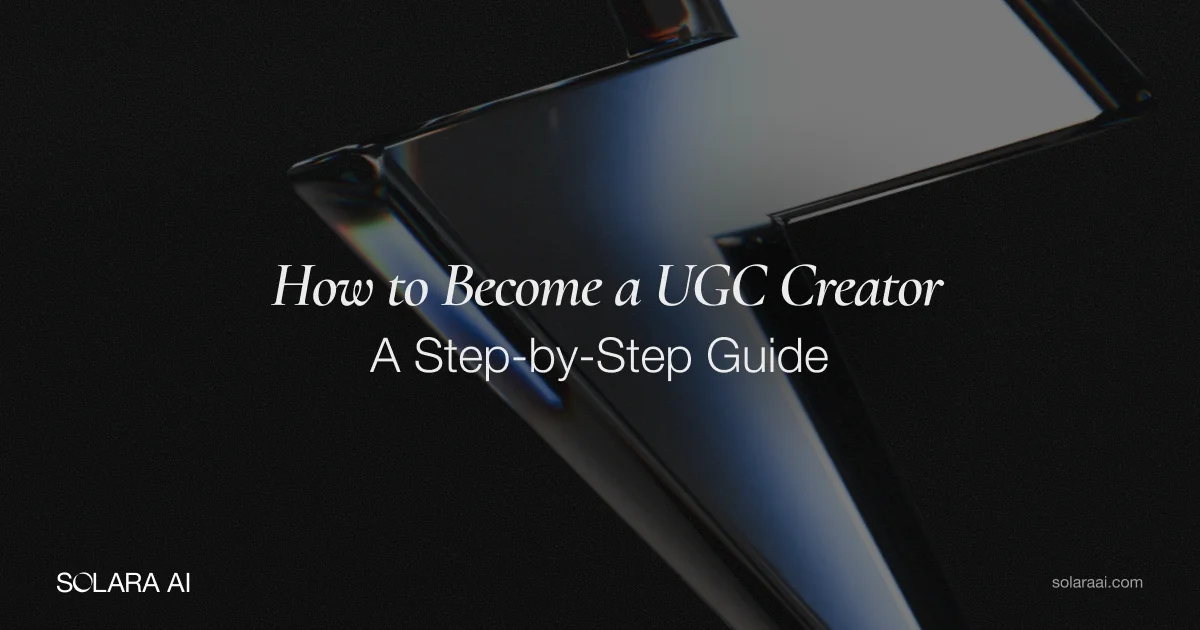
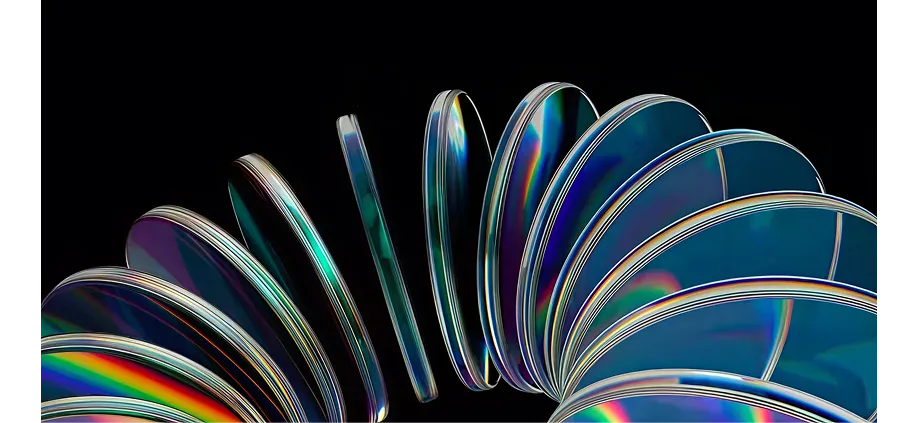




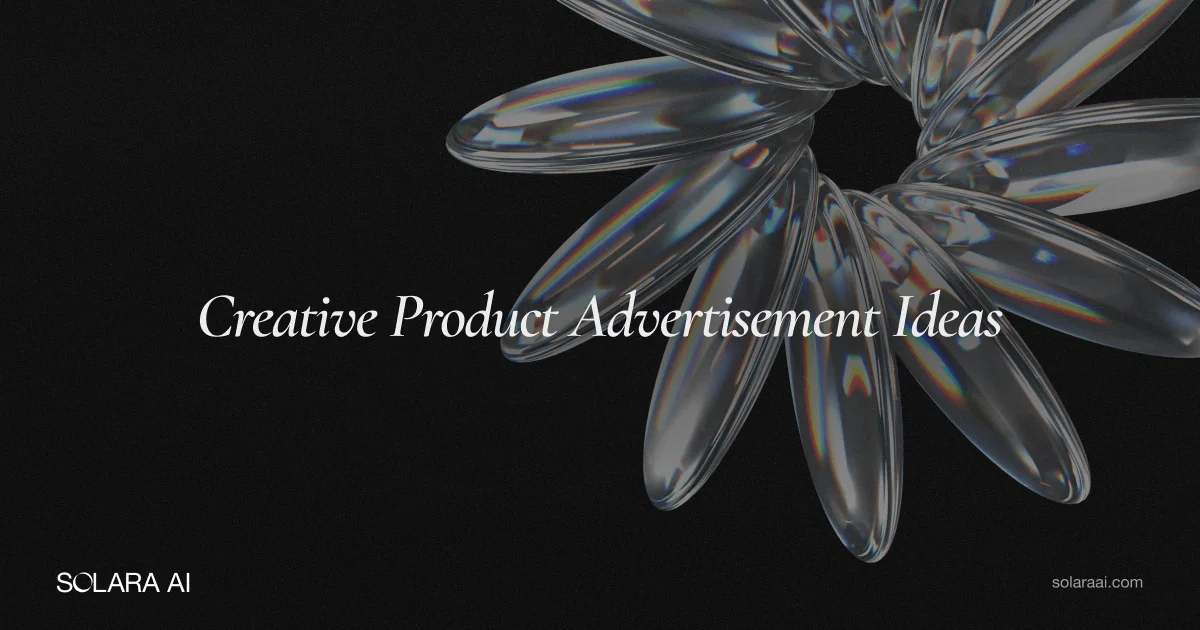





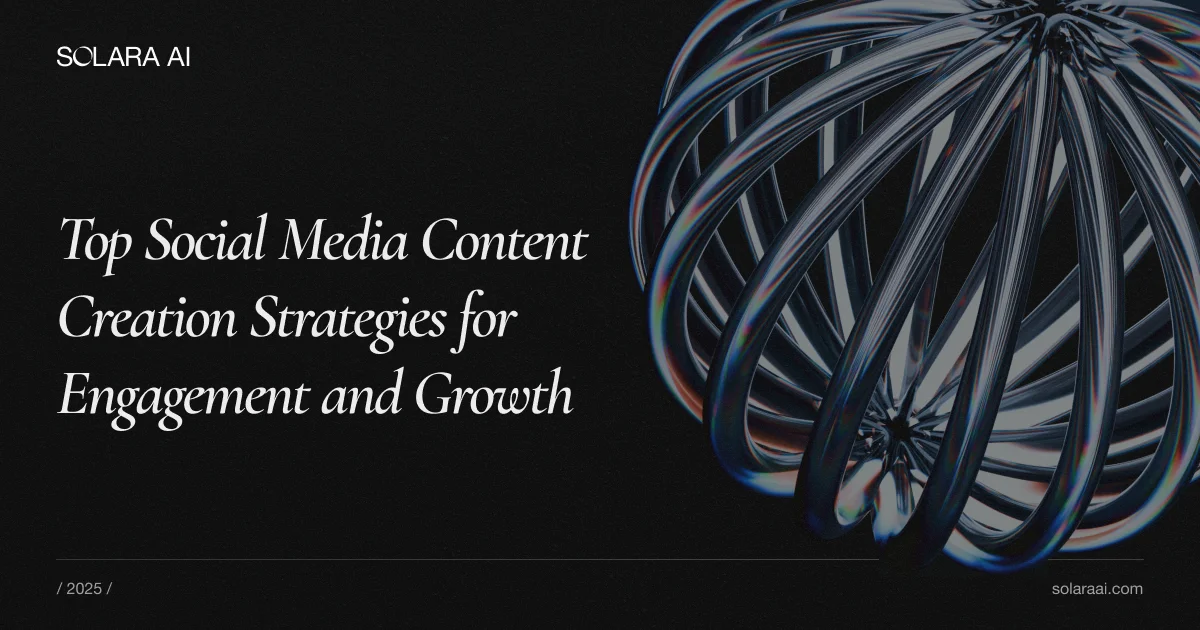

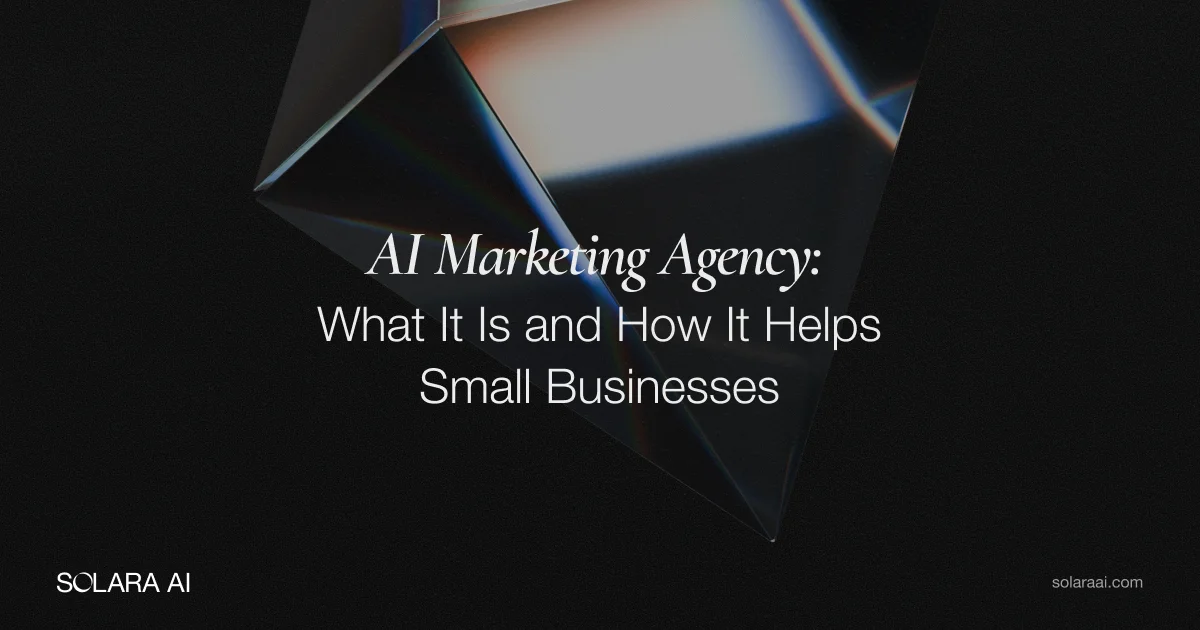
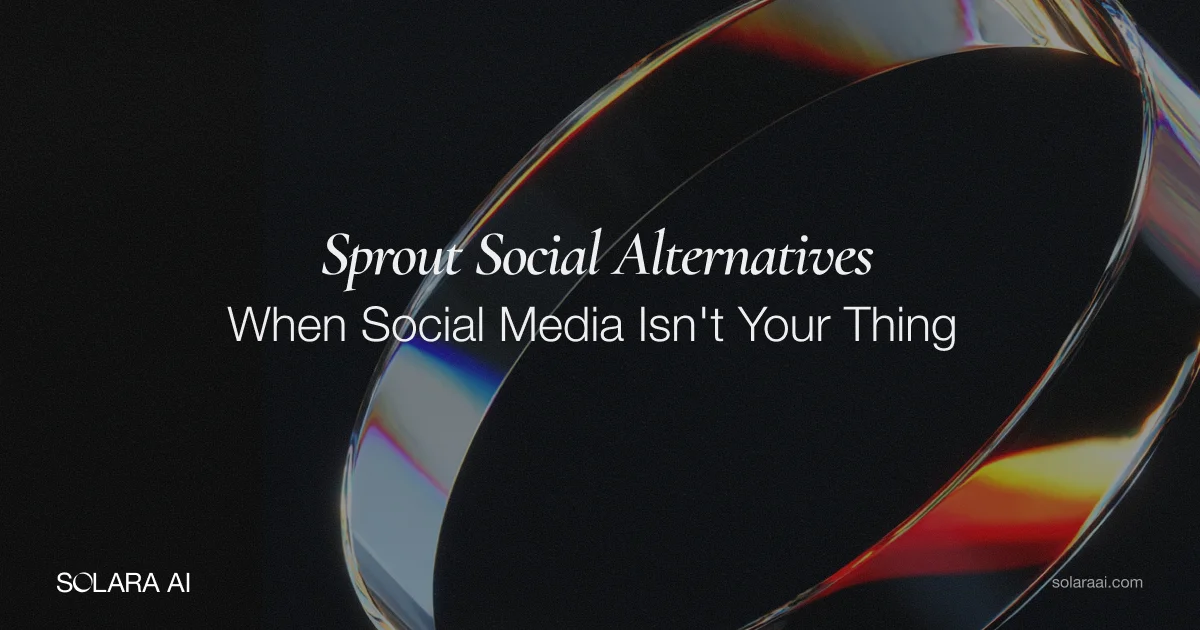



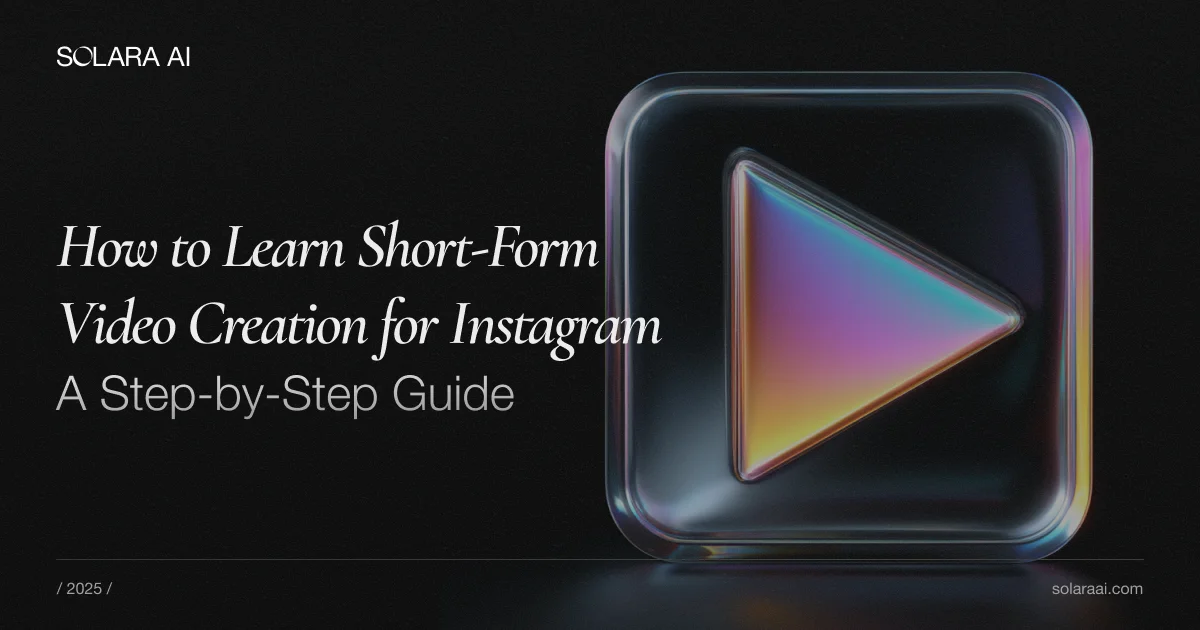


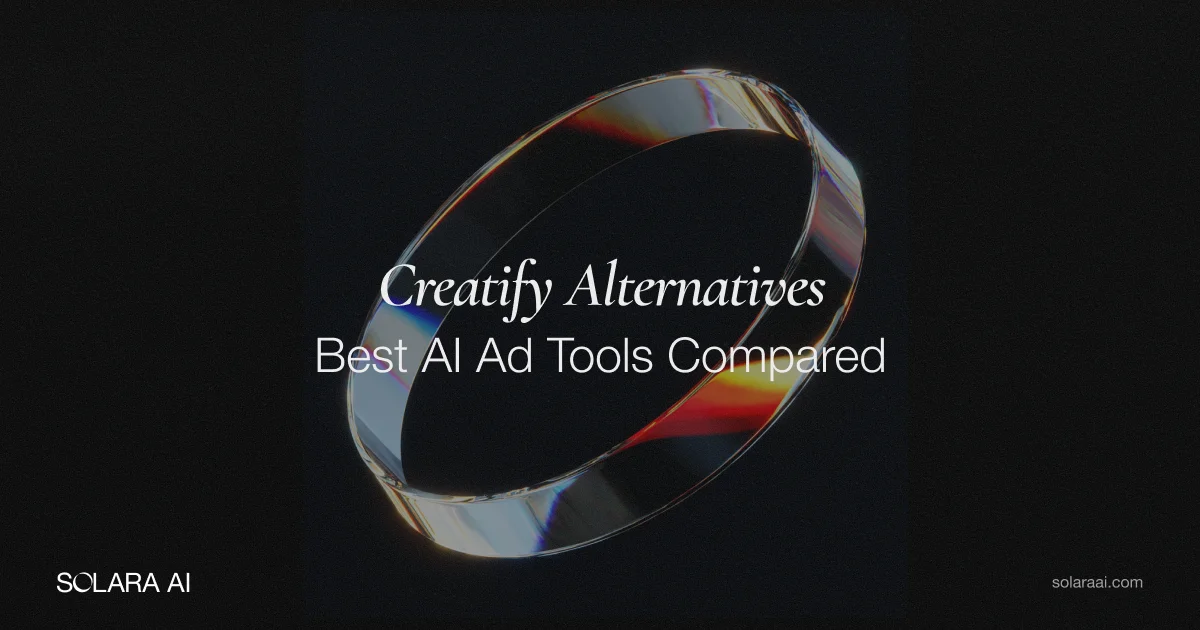



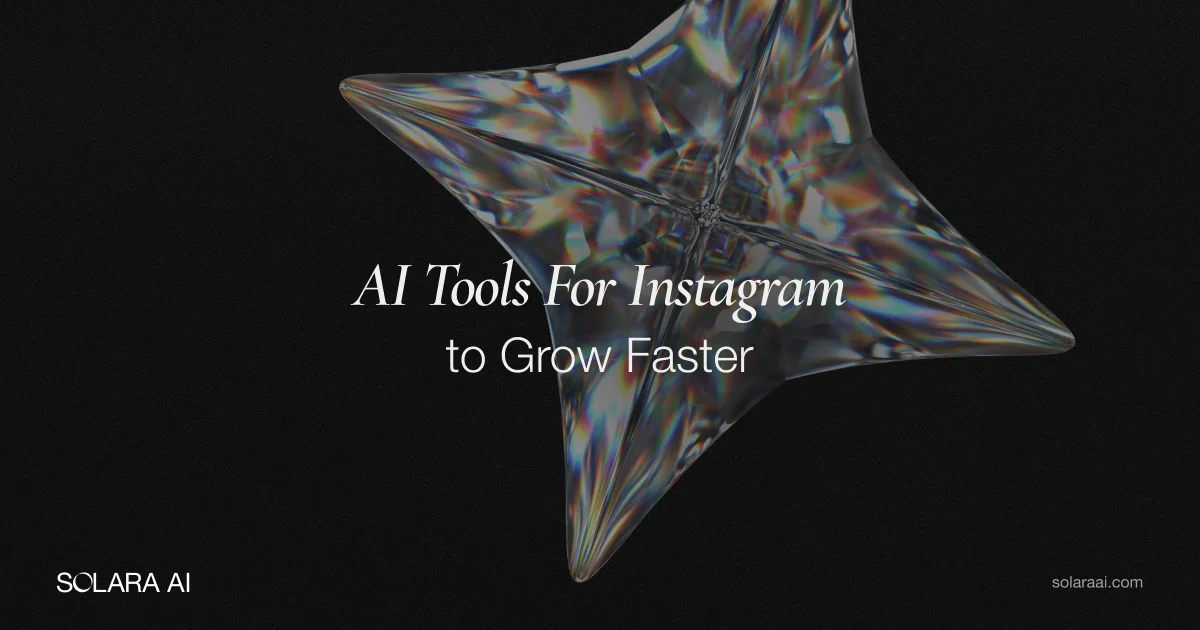
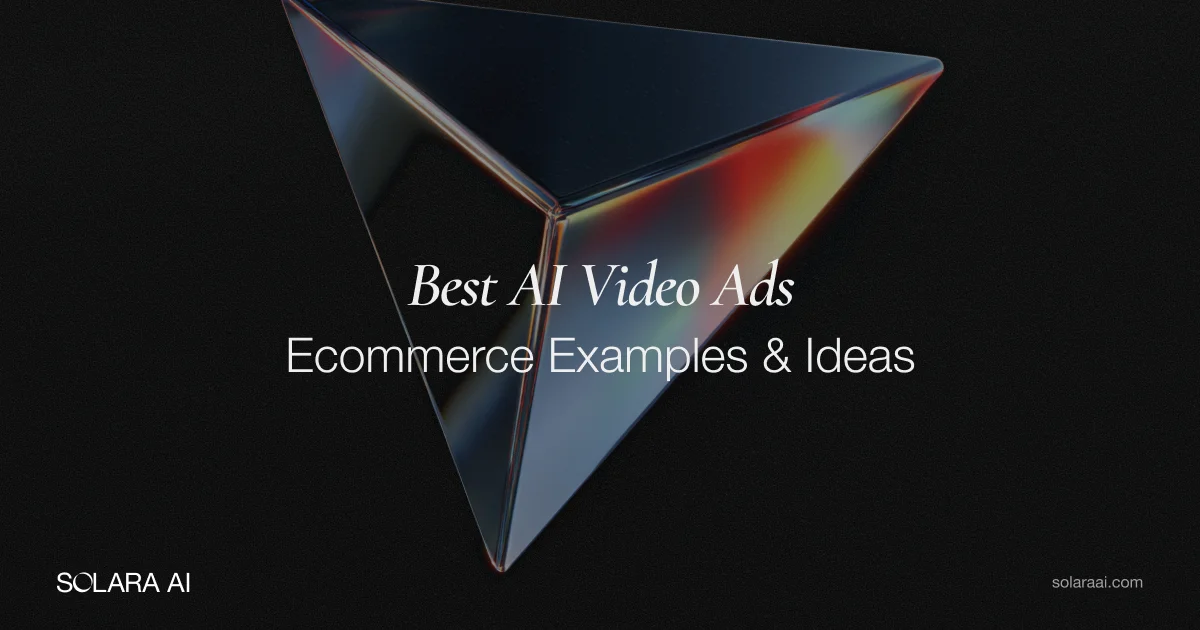
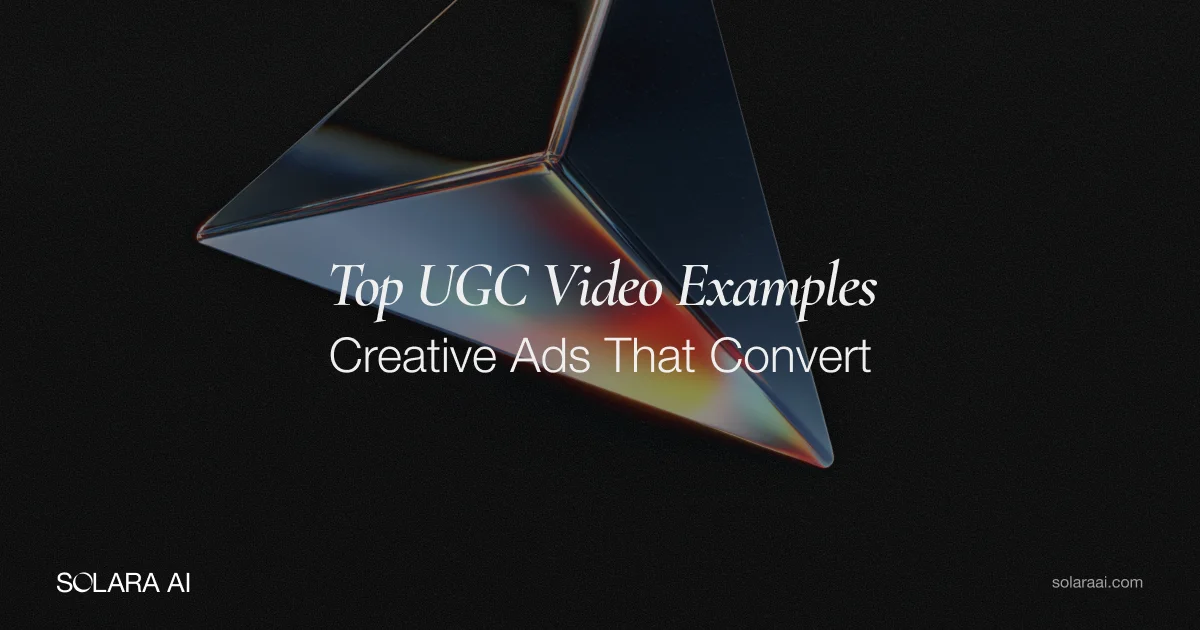

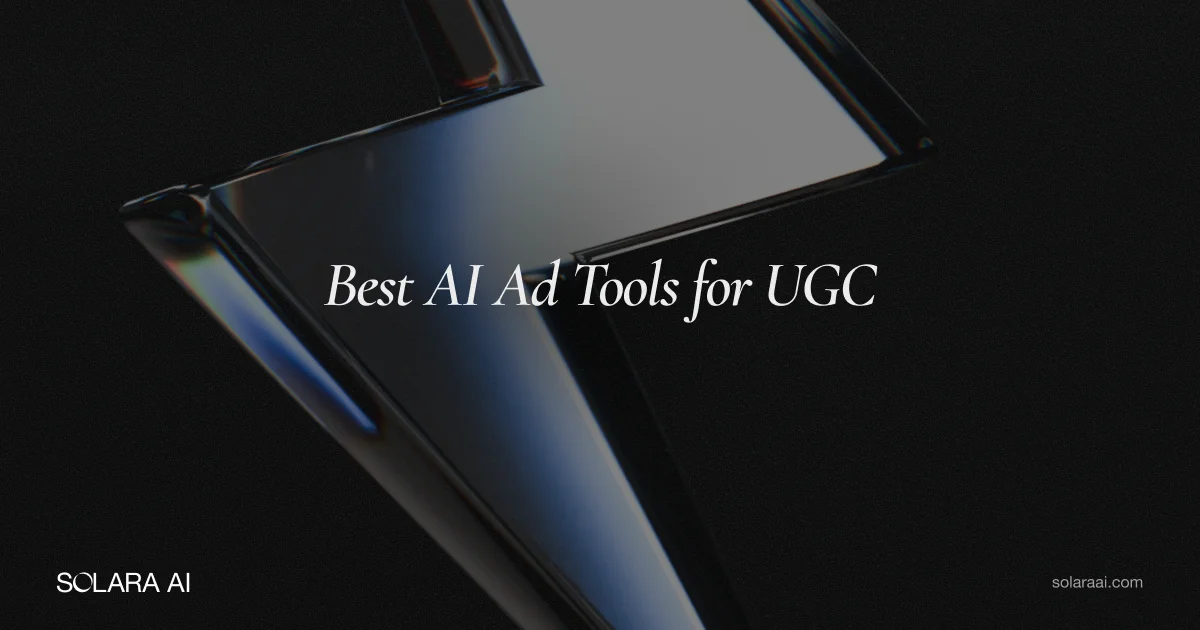

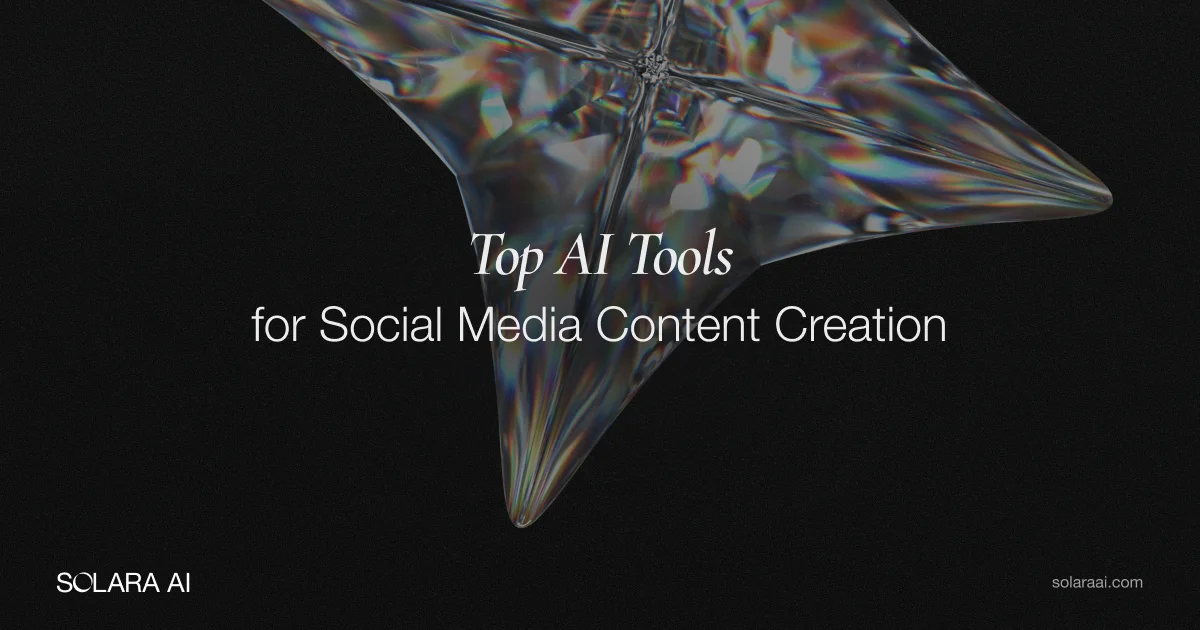





.png)



